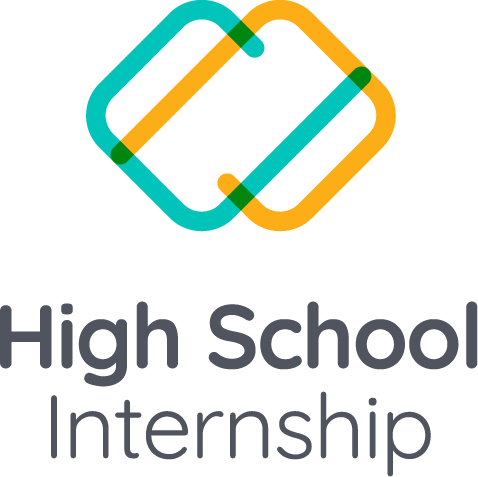As a technologist, I spend a lot of time with my ear on the ground for the latest happenings around the EdTech Industry.
One of the trends I’ve seen in 2021, is the use of Machine Learning being implemented in EdTech tools and teaching practices.
This is an interesting development because, by definition, machine learning uses artificial intelligence to improve upon itself. When utilized by educators in the classroom, it opens up a number of opportunities for schools to optimize their curriculum and teaching strategy with detailed insights.
In this article, I’ve identified six interesting developments and challenges from my research that may help to guide educators through 2021.
[/kc_column_text][kc_column_text _id=”970557″]
1. Predict when students will struggle with a type of concept
[/kc_column_text][kc_column_text _id=”183295″]
2. Which technique works best for a student
The term personalized learning has been around now for over 10 years but we are finally going to see this implemented this year.
To help us get there, Machine Learning is using various information points to identify a student’s learning style, as you can see in the diagram below.
A large task for educators will be to consider tagging individual learning modules. This will allow algorithms to better understand what modules worked better for which student using relationships between the tags.
[/kc_column_text][crum_single_image image_size=”full” align=”aligncenter” _id=”391279″ image_source=”media_library” image=”13617″ caption=”Learning styles being identified by student behavior”][kc_column_text _id=”734700″]
3. Teachers building their own learning models
[/kc_column_text][crum_single_image image_size=”full” align=”aligncenter” _id=”253930″ image_source=”media_library” image=”13579″ caption=”Teachable Machine is a great project that can be the start of how each of us will train our own Machines”][kc_column_text _id=”402340″]
4. Automated testing of curriculum
Curriculum designers are often looking to run test groups to improve their curriculum designs. With the aid of Machine Learning, data can be used to enhance areas such as curriculum flow. Does your lesson have the right amount of reinforcement? The system can even recommend quizzes where student engagement could increase.
A method commonly used by many EdTech organizations is the A/B test, which samples the curriculum with two groups and measures the effectiveness.
With Machine Learning and the added benefit of digital learning, we will also be able to measure student impact on assessment, engagement rates, the effectiveness of reinforcement techniques, and more.
In addition, the speed at which Machine Learning can analyze data is far greater than what we can achieve without its help. This will be a great step in the direction of truly personalized learning.
[/kc_column_text][crum_single_image image_size=”full” align=”aligncenter” _id=”361520″ image_source=”media_library” image=”13620″ caption=”Machine Learning can easily conduct A/B testing used to determine a winning solution”][kc_column_text _id=”92973″]
“We help thousands of teachers at BSD Education with our ready-made digital curriculum and projects” – Nickey Khemchandani
[/kc_column_text][kc_column_text _id=”757958″]
5. Body language detection and Audio analysis on video calls for behavioural health
Remote learning is now common practice. Teachers are facing the difficult task of identifying engagement or interest via the student body language on a video call.
It was not uncommon to hear the sound of disengagement or stress in student voices when teaching online. One of the areas Machine Learning was able to step in and help was to highlight “stress” indicators in students’ voices in a lesson.
Years ago, I read an amazing research paper by Ishan Behoora and Conrad Tucker from Carnegie Mellon University [https://bit.ly/3npEB1S] explaining how Machine Learning can classify the emotional state of designers in real-time. This got me keeping tabs on this space for how it can be utilized in Education.
As video calls become a norm in education, expect to see real-time detection of student engagement and attention tracking coming soon.
[/kc_column_text][crum_single_image image_size=”full” align=”aligncenter” _id=”72058″ image_source=”media_library” image=”13580″][kc_column_text _id=”182520″]
The following is from a sample class we conducted with a technology partner. The voice of a pre-teen [below 13] was analyzed to identify stress levels. (Voices of pre-teens are easier to analyze since often their voice patterns sound similar and there are fewer similarities to an adult voice).
[/kc_column_text][crum_single_image image_size=”full” align=”aligncenter” _id=”618870″ image_source=”media_library” image=”13621″ caption=”Zoom already allows hosts to identify participants that are not actively on the zoom tab or session “][kc_column_text _id=”812158”]
6. Assisted grading of non-binary assessments
We have all seen multiple-choice questions being graded using machines. They work great and have been an incredible help for teachers.
With Machine Learning tools used in popular plugins such as Grammarly or the Hemingway Editor, it was only a matter of time before essay writing was also supported.
Research papers are already sharing promising developments and improvements in this space with the inclusion of Machine Learning.
[/kc_column_text][crum_single_image image_size=”full” align=”aligncenter” _id=”152890″ image_source=”media_library” image=”13587″ caption=”The Hemingway Editor is one of my favourite tools when creating a curriculum. http://www.hemingwayapp.com/”][kc_column_text _id=”417369″]
“Machine Learning tools need to be accessible by students as well. These tools can help students solve problems while they are encountering them. This is one of the goals technology aims to serve in Education.”
– Nickey Khemchandani
[/kc_column_text][kc_column_text _id=”63193″]
At BSD Education, supporting educators/teachers is at the core of who and what we stand for.
With so much to look forward to as technology develops in education, it will be critical for the education community to support teachers throughout these transitions.
We are excited to hear how more schools incorporate machine learning in 2021.

